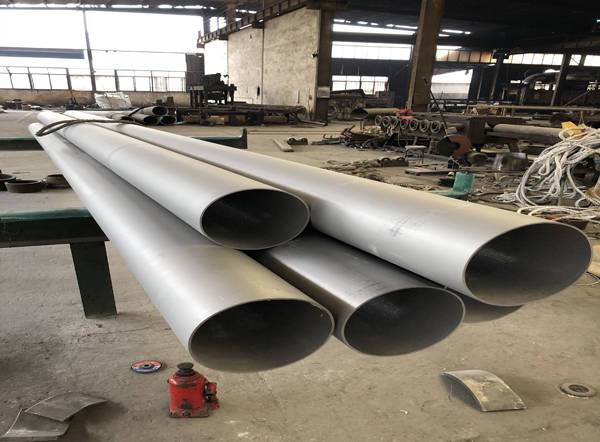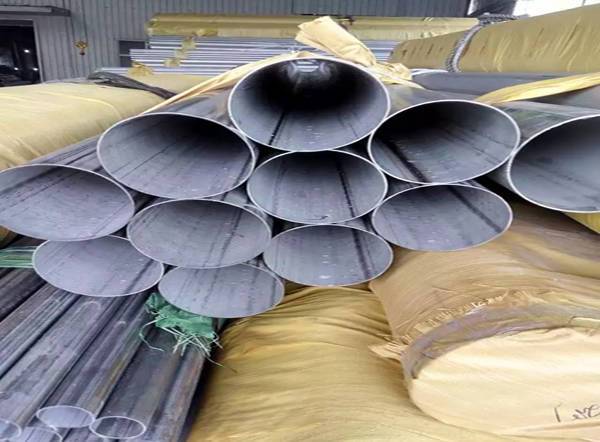What is the difference between seamless and welded stainless steel pipe?
Seamless and welded stainless steel pipes are two common types of pipes used in various industries, each with its own advantages and disadvantages. Here's a breakdown of the differences between them:
1. Manufacturing Process:
Seamless Stainless Steel Pipe: Seamless pipes are manufactured through a process that involves piercing a solid billet of steel and then extruding it to form a hollow tube. This process does not involve any welding or joining.
Welded Stainless Steel Pipe: Welded pipes are manufactured by rolling a flat plate of stainless steel into a cylindrical shape and then welding the seam using various welding techniques such as electric resistance welding (ERW), submerged arc welding (SAW), or tungsten inert gas (TIG) welding.
2. Strength and Durability:
Seamless Stainless Steel Pipe: Seamless pipes generally have higher strength and are more durable because they do not have any welded seams, which can be points of weakness.
Welded Stainless Steel Pipe: Welded pipes are slightly weaker than seamless pipes due to the welded seam, although advancements in welding technology have made welded pipes quite strong and suitable for many applications.

3. Cost:
Seamless Stainless Steel Pipe: Seamless pipes are typically more expensive to produce because of the more complex manufacturing process involved.
Welded Stainless Steel Pipe: Welded pipes are generally more cost-effective than seamless pipes because the manufacturing process is simpler and requires less material.
4. Size Range:
Seamless Stainless Steel Pipe: Seamless pipes are available in a wider range of sizes and thicknesses compared to welded pipes.
Welded Stainless Steel Pipe: Welded pipes are limited in size by the capabilities of the welding equipment, although they can still be manufactured in a variety of sizes to meet specific requirements.

5. Applications:
Seamless Stainless Steel Pipe: Seamless pipes are often used in high-pressure applications, such as oil and gas exploration, chemical processing, and power generation, where strength and reliability are crucial.
Welded Stainless Steel Pipe: Welded pipes are commonly used in applications where the demand for strength is not as critical, such as structural applications, water distribution, and plumbing.
In summary, seamless stainless steel pipes are stronger, more durable, and generally preferred for high-pressure applications, while welded stainless steel pipes are more cost-effective and suitable for less demanding applications where strength is not a primary concern. The choice between the two depends on the specific requirements of the application, including factors such as pressure, temperature, size, and budget.
Previous: >> How are seamless steel pipes made? Next: >> China best quality stainless steel material manufacturers






